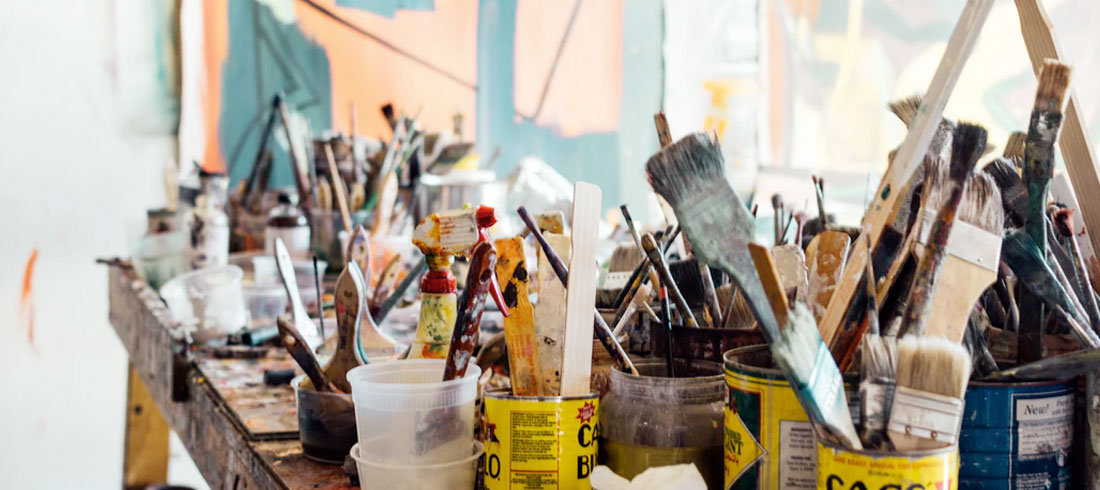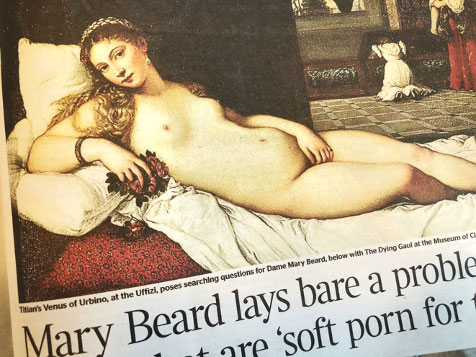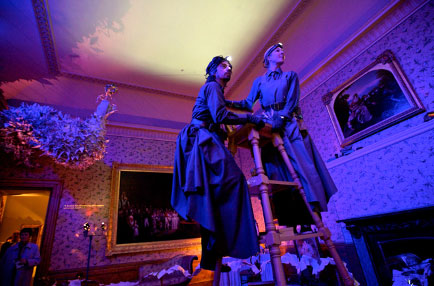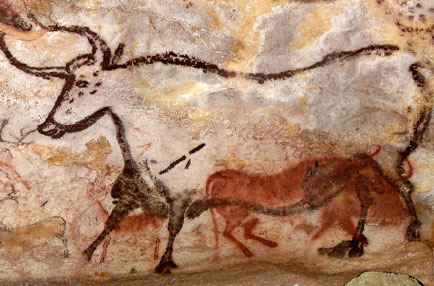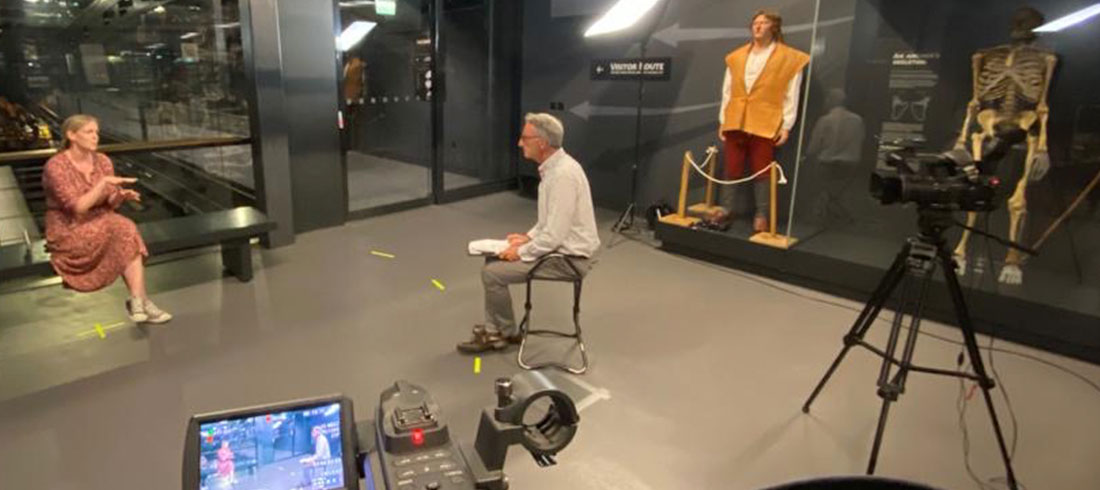For me two points arise from this.
First, it’s great that museums – and by extension therefore, historic properties, and other forms of heritage attractions – are recognised as part of the wider “(art and) culture” to be valued by The ACE. All of us (I hope) who work in the heritage and cultural sector should welcome any initiative to make “art” more inclusive for all and to try to broaden its appeal.
Rebranding a term, even if it’s just a single word, is never going to be easy. It will take time and, I suggest, a shift in generational understanding of meaning, to do this, but there is no doubt some visitors feel automatically unexcited, unconnected or even excluded if you mention “art” as an expression of display and/or content.
Secondly, the great news is that I already see ourselves, myself, as a “creative practitioner”.
Actually, I see us as artists too but that is probably because we work in creative media, where communication and art collide, marry, and co-exist in many forms, sometimes happily, sometimes with varying degrees of friction.
All the time, we are charged by our clients with making a piece of visitor communication as creative as possible, by extrapolation as “artistic” as can be. (I’m ignoring the ubiquitous desire for a “wow” factor here!!)
Crucially for us, for me, this must be balanced by, indeed led by, making the communication work.
There’s no point at all in creating a beautiful video for example, if nobody understands its messages.
The difference for us as “creative practitioners” is that what hitherto “artists” have done is to create a piece that is perhaps the opposite of that. Something that is to be interpreted by its viewer (or listener), to be thought provoking, to allow its content to be different things to different people. This is fine in an “art gallery” where a painter is allowing us to take from his or her art sometimes obvious but often hidden messages.
